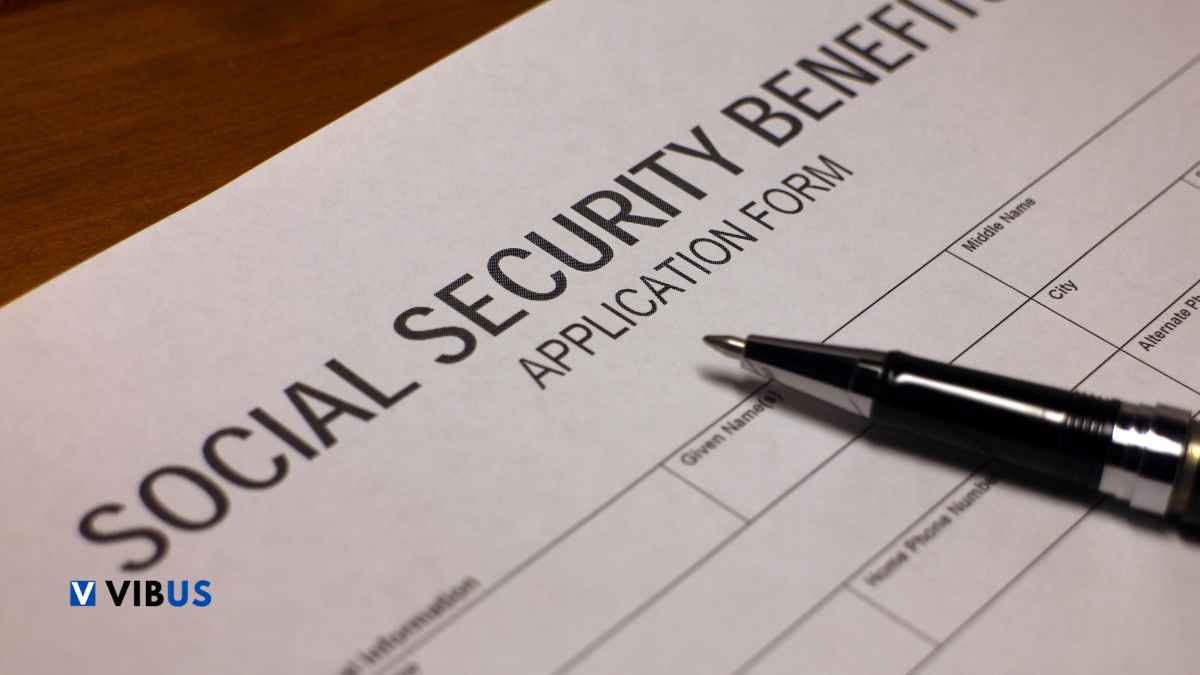Social Security payments are poised to increase for certain beneficiaries following an update in the rules governing Supplemental Security Income (SSI) by the Social Security Administration (SSA). This adjustment aims to expand coverage and ensure more Americans can benefit from these essential payments. The SSA has recently redefined what constitutes a public assistance (PA) household.
In the past, a PA household was defined as one where all members received some type of Public Income Maintenance (PIM) benefit, such as Social Security, Temporary Assistance for Needy Families, or Aid to Families with Dependent Children. This definition has undergone significant changes. Under the new regulation, a PA household can now include individuals who receive benefits from the Supplemental Nutrition Assistance Program (SNAP).
Changes in the definition of Public Assistance Household by Social Security
The primary reason behind this increase is the assumption that PA households do not receive any additional financial assistance from other household members. This policy update aims to provide greater financial security to SSI beneficiaries, especially those who rely solely on these payments to meet their basic needs.
SSI is designed to assist low-income Americans who have a disability or are over 65 years old. Millions of people depend on these benefits to cover their monthly expenses. To be eligible, beneficiaries must have monthly incomes less than $1,971 and less than $2,000 in assets (or $3,000 for couples).
In 2024, SSI checks may reach up to $943 for single individuals and $1,415 for couples. With the policy update, these amounts are expected to increase for those who qualify under the new PA household definition.
First change in more than four decades
The inclusion of SNAP in the definition of a PA household is the first significant change since 1980, when the SSA first established criteria for a PA household. This change reflects the recognition of the importance of nutritional benefits in the overall financial security of SSI beneficiaries. According to SSA estimates, about 41.9 million people received SNAP benefits in April, representing approximately 12.5% of the total U.S. population. This broad reach underscores the relevance of SNAP in supporting low-income households.
In January, nearly 7.5 million people received SSI checks, with an average payment of $654. With the new policies, many of these beneficiaries are expected to see an increase in their monthly checks. This change is particularly significant for those living in households that previously did not qualify for additional benefits.
One of the main goals of the SSA with this update is to remove barriers faced by potential SSI applicants. While the obstacles that people encounter when trying to access these benefits are often discussed, concrete changes to address them are rarely implemented. The new policy aims to remedy this situation, promoting greater equity in assistance programs.
In the long term, these policy updates are expected to have a positive impact on millions of Americans. By providing higher payments and facilitating access to benefits, the SSA is working to ensure that SSI beneficiaries can live with greater dignity and financial security.
The increase in Social Security payments for some beneficiaries is a welcome measure that reflects the SSA’s commitment to equity and support for those in need. With these changes, many more Americans are expected to benefit from SSI payments, helping them meet their basic needs and improve their quality of life.
The elimination of barriers and the expansion of the PA household definition are crucial steps towards greater social justice and better distribution of assistance resources.
What criteria define a Public Assistance (PA) household according to the updated rules?
A household must have an SSI applicant or recipient.
Additionally, at least one household member must receive payments from certain income-maintenance programs. These include TANF, SSI, SNAP, Bureau of Indian Affairs programs, and others.
Under the new rules, not everyone in the household must get these payments. As long as the SSI applicant/recipient lives with someone who does, the household qualifies.
Living in a PA household means the SSI applicant/recipient does not need to report household support and maintenance.
Also, the Social Security Administration will not count SNAP benefits or certain incomes from ineligible spouses and parents.




